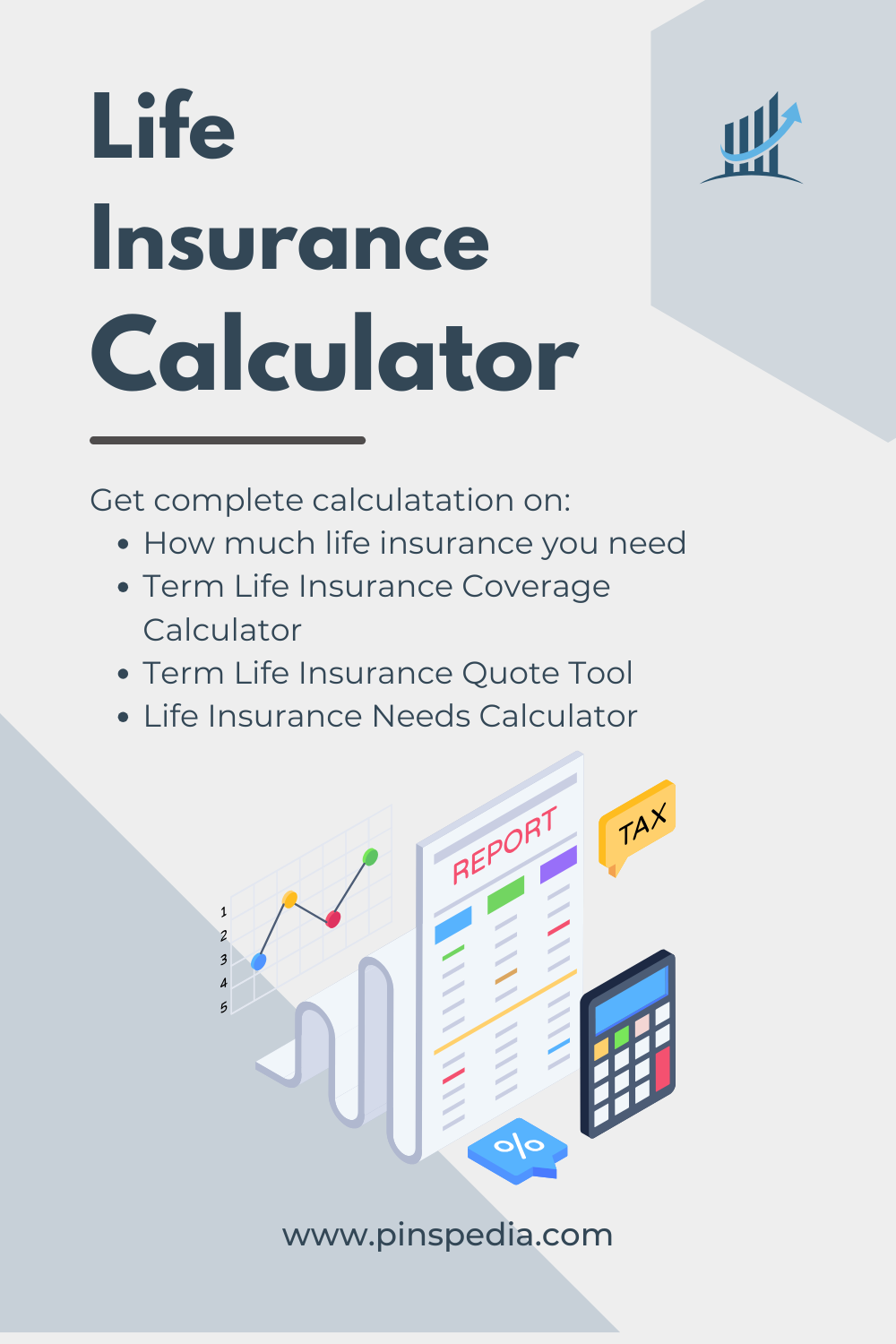Whole Life Insurance for Kids: A Comprehensive Guide

Whole life insurance for children is a financial product designed to provide lifelong coverage. This guide will cover its features, benefits, considerations, and how to select the right policy.

What is Whole Life Insurance?
Whole life insurance is a type of permanent life insurance that provides coverage for the insured’s entire life, as long as the premiums are paid. It combines a death benefit with a cash value component that grows over time.
Key Features:
- Lifetime Coverage: The policy remains in force for the lifetime of the insured, provided premiums are paid.
- Fixed Premiums: Premiums are typically fixed and won’t increase as the child ages.
- Cash Value Accumulation: A portion of each premium goes into a cash value account that grows at a guaranteed rate over time.
- Loans and Withdrawals: Policyholders can borrow against the cash value or withdraw funds, but this may reduce the death benefit.
- Death Benefit: Provides a death benefit that is generally tax-free to the beneficiaries.
Why Consider Whole Life Insurance for Kids?
1. Financial Security:
- Provides a safety net for dependents if the child dies prematurely.
2. Cash Value Growth:
- Cash value can serve as an asset for future needs, such as college expenses or starting a business.
3. Locking in Insurability:
- Insuring a child at a young age guarantees coverage regardless of health changes later in life.
4. Low Premiums:
- Premiums are generally lower when the child is young and healthy.
5. Potential for Dividends:
- Some whole life policies may pay dividends, which can be reinvested or taken as cash.
Benefits of Whole Life Insurance for Kids
1. Long-Term Financial Planning:
- Encourages savings and can be a part of a family’s long-term financial strategy.
2. Protection Against Future Health Issues:
- Locks in a premium rate, protecting against potential future health problems.
3. Educational Benefits:
- Can be used as a teaching tool for children about savings and financial responsibility.
4. Estate Planning:
- Can be part of an estate planning strategy, providing liquidity for estate taxes.
Considerations Before Purchasing
1. Costs:
- Whole life insurance premiums can be higher than term life insurance. Assess whether it fits your budget.
2. Alternatives:
- Consider other savings vehicles (like 529 plans for education) that might offer better growth potential.
3. Insurance Needs:
- Evaluate the necessity of insuring a child. Many parents may prefer to prioritize their own life insurance needs first.
4. Policy Limitations:
- Understand any limitations, including age restrictions for policy loans and withdrawal terms.
5. Provider Reputation:
- Research the insurance company’s financial stability and customer service reputation.
How to Choose a Whole Life Policy for Kids
- Assess Your Goals: Determine what you want to achieve with the policy—financial security, savings, etc.
- Research Providers: Look for reputable insurance companies with strong financial ratings.
- Compare Policies: Review different policies, focusing on premium amounts, cash value growth rates, and any additional riders.
- Consult a Financial Advisor: Speak with an insurance professional or financial advisor to understand options and implications.
- Read the Fine Print: Before committing, read the policy details thoroughly, especially regarding cash value growth and withdrawal rules.
Conclusion
Whole life insurance for kids can be a valuable financial tool, providing lifelong coverage and cash value accumulation. However, it’s essential to carefully consider your goals, budget, and alternatives. With thoughtful planning and research, whole life insurance can be a meaningful part of a family’s financial strategy.
If you have specific questions or need further information on any section, feel free to ask!






